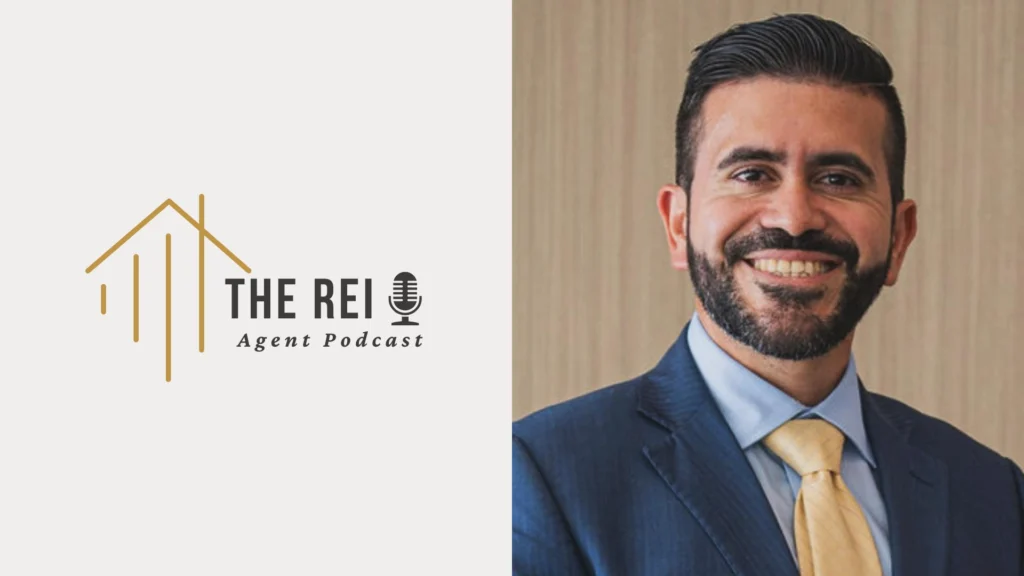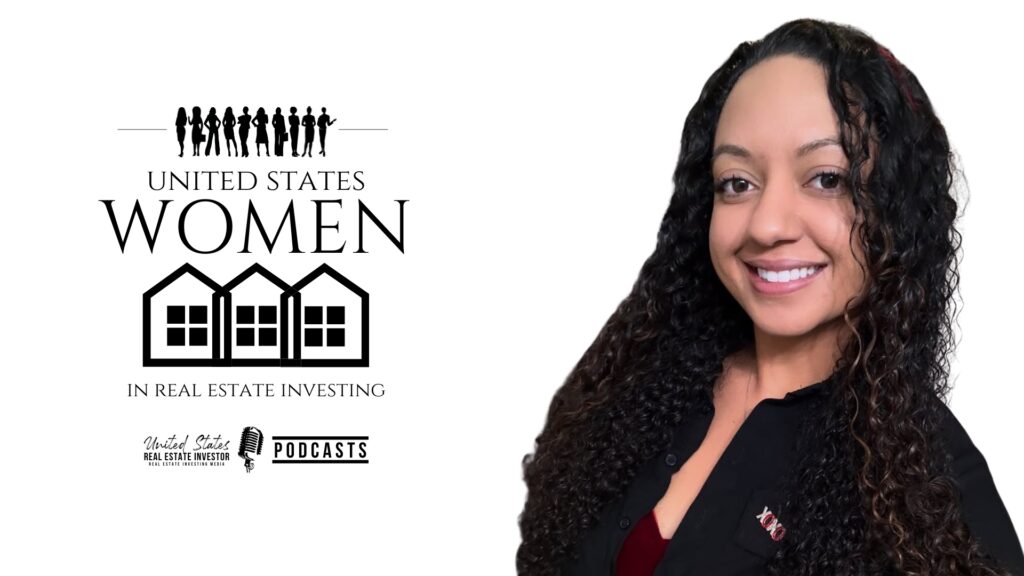Key Takeaways:
- State regulations significantly influence investment returns in senior housing facilities
- Different states have varying requirements for facility design and staffing ratios
- Understanding regulatory frameworks is crucial for successful senior housing investments
Understanding Senior Housing Investment Regulations
You've discovered one of real estate's most intriguing investment opportunities: senior housing. As you explore this growing market, you'll find that state regulations can make or break your returns. Every state has unique rules affecting everything from facility design to staffing ratios – and these differences directly impact your bottom line.
Whether you're considering your first senior housing investment or expanding your portfolio, understanding how state regulations shape profitability will be essential to your success.
The Regulatory Landscape of Senior Housing Investment
While traversing the regulatory terrain of senior housing investments might seem intimidating at first, you'll find it's a rewarding path that combines smart business with meaningful impact.
Your success hinges on understanding the interplay between federal, state, and local regulations that govern these communities.
To steer through regulatory challenges effectively, you'll need to focus on compliance strategies that align with agencies like CMS and state health departments.
Start by familiarizing yourself with essential laws such as the Fair Housing Act, ADA, and HIPAA.
Remember, investing in quality management teams and maintaining proper staffing ratios isn't just about following rules – it's about creating safe, thriving communities that deliver consistent returns.
Regular internal audits and assessments are crucial for identifying compliance gaps and maintaining your investment's value.
Key State Laws and Their Impact on Financial Performance
Because state laws greatly shape your investment's success in senior housing, understanding their impact on financial performance is absolutely essential.
You'll need to maneuver licensing challenges while ensuring your facility meets state-specific staffing ratios and healthcare requirements. Smart handling of zoning implications can make or break your investment returns, especially when considering location restrictions and population density limits. High-growth states like California and Florida are experiencing concentrated demand, creating unique opportunities and challenges.
- Partner with local compliance experts to stay ahead of regulatory changes and avoid costly penalties that could eat into your profits
- Create a flexible operational budget that accounts for state-specific staffing requirements and training costs
- Design your facility layout to maximize allowed occupancy rates while maintaining quality care standards within zoning restrictions
Strategic Investment Planning in Different States
Since each state offers unique investment opportunities in senior housing, you'll want to carefully consider where to immerse your financial seeds for the best growth potential.
States like Texas and Florida are leading investment trends with their booming senior populations and tax-friendly environments.
You'll find exciting market opportunities in both established and emerging locations.
Arizona's affordable living costs make it particularly attractive, while North Carolina and Georgia are showing promising growth trajectories.
Consider diversifying across different states and property types to create a resilient portfolio.
Remember to focus on areas with strong healthcare infrastructure and favorable tax policies.
Texas investors should note that the state's leading healthcare institutions provide exceptional support for senior housing ventures.
Maximizing Returns Through Compliance and Risk Management
The secret to unblocking exceptional returns in senior housing lies in mastering compliance and risk management – it's like building a beautiful house on a rock-solid foundation!
By understanding compliance costs and conducting thorough risk assessments, you'll create a sustainable investment that flourishes over time. Securing private equity funding can provide the capital needed to implement robust compliance programs.
Start by implementing these game-changing strategies to protect your investment while maximizing returns:
- Create a detailed compliance calendar to track state-specific licensing deadlines and requirements
- Invest in cutting-edge technology systems for documentation and resident care
- Build relationships with legal experts who specialize in senior housing regulations
Geographic Market Analysis for Optimal ROI
While analyzing geographic markets might seem intimidating at first, you'll find that revealing ideal ROI in senior housing is like discovering hidden treasure maps across America!
The Southeast and West regions are particularly sparkling with opportunity, boasting over 7,000 communities combined. With the senior living market expected to reach $158.93 billion by 2030, these regions show particular promise for investors.
You'll want to focus on areas showing promising occupancy trends, like San Jose's impressive 83.7% rate.
To avoid market saturation, consider emerging markets in states like Florida, Arizona, and Texas, where tax benefits sweeten the deal.
Don't overlook the Northeast's construction boom – while operating costs are higher, the integrated services can command premium rates.
Conclusion
You'll discover that maneuvering through state regulations in senior housing investments isn't as intimidating as it first appears. With smart planning and local expertise, you can transform regulatory requirements into opportunities for growth. Focus on states with favorable tax climates and growing senior populations to maximize your returns. Remember, staying ahead of compliance while partnering with seasoned professionals will help your senior housing investments flourish beautifully.





















